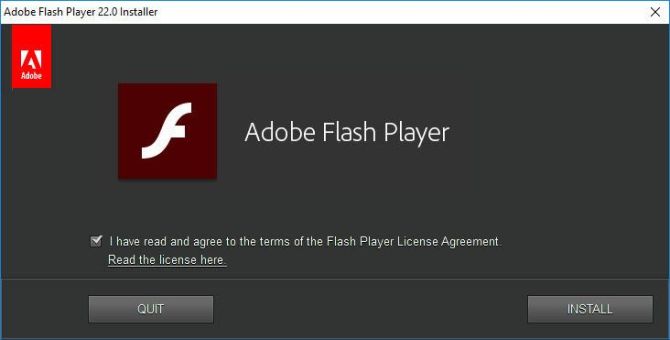

With a wide range of videos being uploaded to different video hosting site, it is very exciting to grab at least 1 video at a time. These are also the video formats that we sometimes wish to download online, it’s either for our own pleasure, or for informative or educational purposes. This format works compatibly with Adobe Flash Player, and currently being used as the standard video format in many sites including the infamous high soaring YouTube, VEVO, Yahoo Video, Hulu, etc. LED pin 16 is useful for the QuinLed-Dig-Uno board with ESP32.Flash Video or FLV is a file format that is used to contain a video and audio content over the internet that is created by Macromedia company. (This is GPIOY and not DY for the D to GPIO mapping, check your boards spec!)Ĭustom build for 4MB flash ESP8266 and APA102 LEDs (clock pin GPIO0, data GPIO2).Ĭustom build for 4MB flash ESP8266 and WS2801 LEDs (clock pin GPIO0, data GPIO2).Ĭustom build for ESP32 and WS2812b. Support will not be possible in future versions.Ĭustom build for 4MB flash ESP8266 and WS2812B. Interfaces (Alexa, Blynk, Hue sync, Infrared) disabled, no OTA.

This binary has some interfaces disabled (Alexa, Blynk, Hue sync, Infrared) in order for wireless updates to continue working.ĮSP-01 (blue PCB), older Sonoff devices, all ESP8266 with 512kB flash.

Legacy binary format (up to 0.11.1) Binary NameĮSP-01 (black PCB), most Sonoff devices, ESP8265, all ESP8266 with 1MB flash. To be flashed to a brand new ESP32 before flashing the WLED binary itself. This binary has the full feature set, but wireless updates will not work. Also works with WiFi only.ĮSP-01 (black PCB), most Sonoff devices, ESP8265, all ESP8266 with 1MB flash. Recommended.Īll ESP32 devices (try this if the WLED-AP doesn't appear after flashing)ĮSP32 devices with an Ethernet interface. NodeMCU, Wemos D1 mini, ESP-12, all ESP8266 with 4MB flash. Please use the following binary for these boards respectively: Binary Name Starting from WLED 0.12.0, pins can be configured in LED settings and specific binaries for different LED pins or types are no longer needed. I always recommend to use the latest release. If your device is already running a firmware with built-in OTA capability, you can probably use that as well. You can alternatively use my basic HTTP OTA updater sketch and upload the binary! This requires the Arduino IDE and ESP8266 core installed. ESP8266 Flashing method 3: ESP Home Flasher toolįor ESP32 boards, you can use this WLED ESP Flasher instead of ESP Home Flasher.


 0 kommentar(er)
0 kommentar(er)
